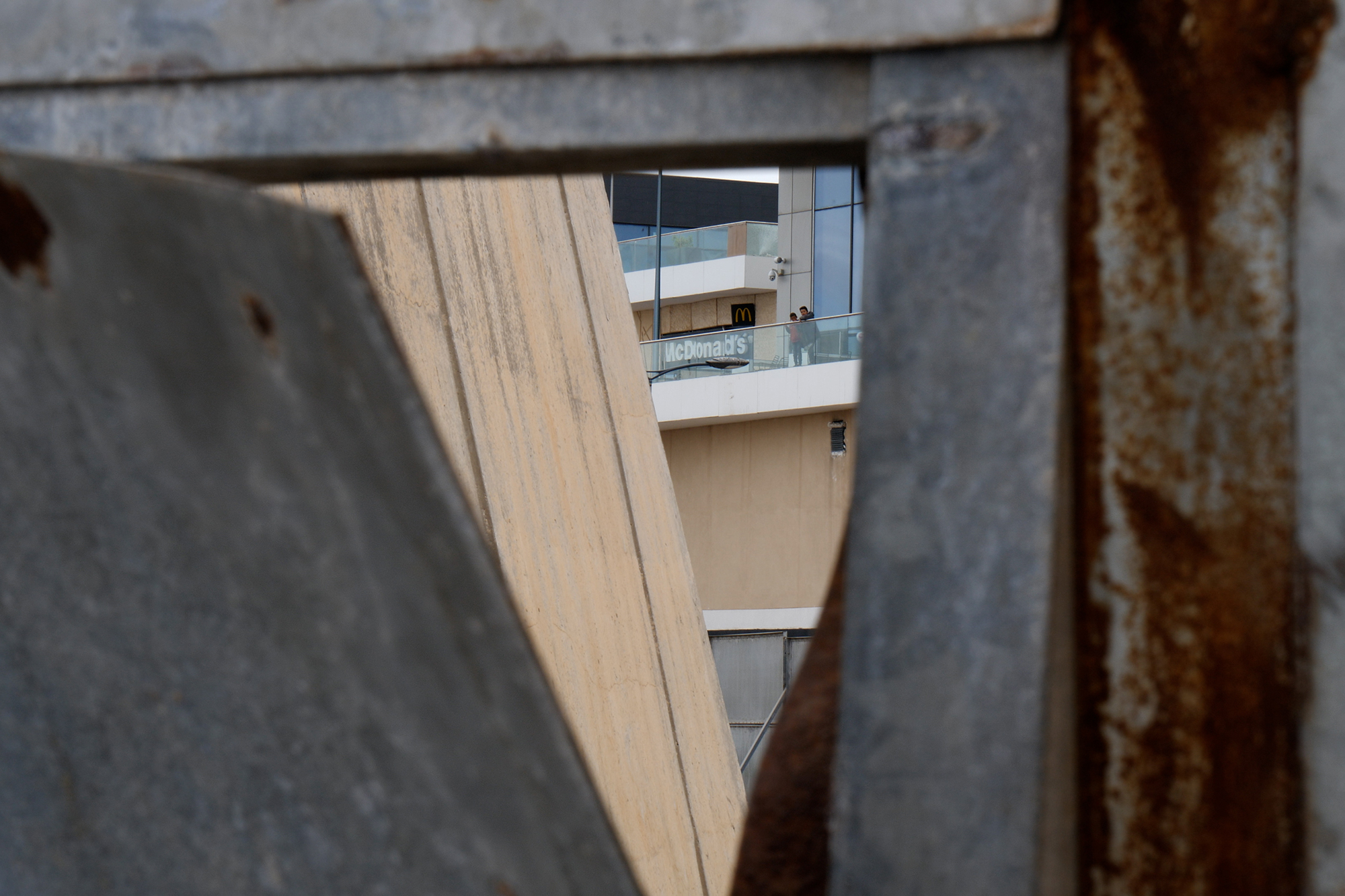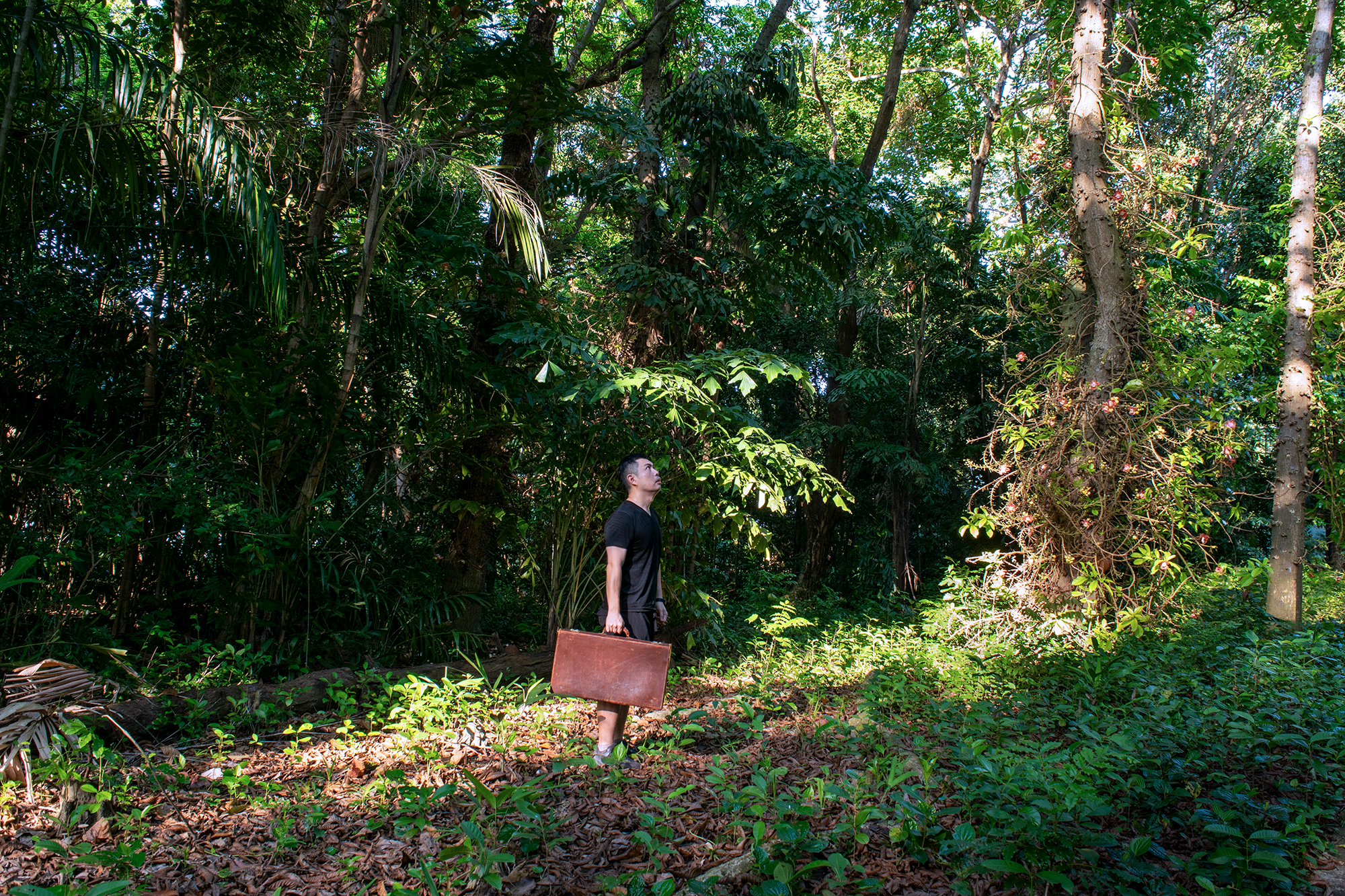Press Release — 10 Min Read
The Story of the Museum of Contemporary Cuts
Press Release — 5 Min Read
The Story of the Museum of Contemporary Cuts
“The easiest thing to do in a crisis is to cut the art budget. There are no big interests there and people will keep on working just for the love of it.”
Lanfranco Aceti
What is the Museum of Contemporary Cuts (MoCC)? And what does ‘cuts’ stand for? These are two of the questions that are often asked.
MoCC is an artwork in itself, a curatorial vagary, and a symbiotic traveling institution that exists within and works together with other institutions for the period of time necessary to realize art projects, research, exhibitions, and publications.
The word symbiotic is extremely important since, over the years, we have come to understand that most relationships, within advanced capitalistic structures, are not symbiotic but parasitic and exploitative. This is the reason why MoCC is particularly interested in forms of engagement that foster collaborative mutual support and ethical collegial participation.
The word ‘cuts’ refers to the approach of most institutions, even the art institutions themselves, to cut budgets dedicated to the arts as soon as a form of crisis ensues. The museum was a response in early 2001 to the unaddressed plight of those who were being marginalized and cut out of society within the frameworks of more exasperated forms of financial capitalism.
As a new international museum MoCC’s goal was on documenting the impact that cuts had on the arts and the lives of artist as well as showcasing artistic practices that were critical of social forms of economic exploitation and questioned the ‘regime of art’.
MoCC found itself in a rather privileged position since as a work of art in itself, a curatorial vagary, and a site exploring the meaning of cuts in its larger understanding (financial, social, and environmental) was able to showcase and promote artists and practices that otherwise would have not had visibility.
As such MoCC has commissioned new artworks and promoted initiatives on art and economics as well as worked as a research aggregator of commentaries and debates in the arts in a time of crisis. It explored the ancient Roman metaphor of society as a body—and asked how much one could cut out of that body before it failed.
The museum used a sarcastic approach in its rather serious operations adopting a mission statement for a period of time that questioned the economic discrepancies and the arbitrariness of art-making, art-curating, and art-selling.
When our artists finally learned how to make art without eating, they died!
Lanfranco Aceti
These words were embedded in a t-shirt that was for sale, between other things, in the museum’s shop. This is because most museums’ principal concern appears to be their financial sheets and not the validity and quality of the aesthetic engagements offered in response to the challenges experienced by ever-changing societies in permanent crisis.
It was in this context that the director of MoCC, Lanfranco Aceti, gave a series of international public talks as well as edited a journal issue titled CUT for the Journal of Visual Culture.
A Social Operation
The museum became, as time went by, more than just a vagary, but an experiment that allowed other people to challenge settled modus operandi. It was an outlet for forms of aesthetic and thinking that were critical of the management of the Greek crisis in 2008. The financial crisis that moved beyond Greece and represented a profound questioning of the ideological isolationism that the Western World was living in and that came to be known as the Great Recession.
The cuts that were announced everywhere and that first were bestowed on the arts, in the mist of a deafening silence, were far from a simple cure. They represented an idea of society that could be cut to pieces, mutilated, amputated, in order to preserve the status quo: the lifestyle of the few at the expense of the majority. “The Cultural Body’s Death by a Thousand Cuts: Why Society Is No Longer a Body and Why It Can Be Cut to Pieces” is an article that discussed the validity of a strategy that was maiming society.
The Past and the Future
The Museum of Contemporary Cuts, thus far, has achieved what was unimaginable when it was conceived. It had the ability of leaving its sign in art history. A small sign, one might argue at this point in time, nevertheless it is a sign that speaks of the imagination and intellectual prowess of the people that worked in it and with it (Vera Ingrid Grant @ Harvard University; Katerina Koskina @ National Museum of Contemporary Art, Athens (EMST); Edward Saywell and Kristen Hoskins @ Museum of Fine Arts, Boston; Yiannis Colakides and Helene Black @ NeME; and many others), supporting visionary projects that were ahead of the time and wanted to signpost commentaries on current phenomena, demonstrating that future developments could be envisioned and should have been supported by art institutions. There were a series of public events and performances in Boston, along the Freedom Trail, that showcased art in the context of historical and contemporary practices. The works of art took place at the Old South Meeting House, at the Museum of Fine Arts, Boston, in the Boston Common, and in other locations that represented and signposted the development of American democracy.
“I won fifteen dinners betting with people that Trump would win,” explains Aceti, the museum director. “I didn’t cash any because it would be uncivilized to do so. Nevertheless those who lost remember that I was able to read the ‘signs’ that a rightwing authoritarian period would be characterizing the history of the United States of America.” When he was asked how could he envisage what had happened the answer was: “I have been working in the field of art and politics since I started making art. Some of my first artworks are collages of the first Iraq war. It was obvious, having listened to the speeches of Silvio Berlusconi in Italy, of Recep Tayyip Erdoğan in Turkey, and Donald Trump in the US, that a more authoritarian type of politics was to manifest itself. There were also the errors of the left, which were repeated almost in the same fashion across these three countries, which contributed to further entrench a landscape of already alienated voters, via dogmatic and orthodox approaches which, particularly in the United States, are intolerably intolerant of diversity of thought and therefore intellectually intolerable. Then, there is something really simple, when someone starts yelling that they want to ‘go back to the good old times’ I know for sure that troubles are coming.”
The Museum of Contemporary Cuts although steps in the fray of art and politics—after all it was created based on the Roman political speech of Menenius Agrippa who used the metaphor of the body to explain that it was not possible to imagine a divided society that could be cut to pieces—it has a very strong ethical stance which prescinds from politics as representations of political parties. Politics in the Museum of Contemporary Cuts has to do with the Greek terms of polis (πόλις) and polites (πολίτης) which should define the collective interest and future beyond party’s selfish interest, greed, and patriarchal values.
This approach is something that is reflected in the works of art that the museum engages with and with the artistic practices that the museum supports.
To resume it all in a tweet, said the director, because it seems that people’s attention span is getting shorter exponentially:
“We do Caravaggio, we don’t do Raffaello.”
Lanfranco Aceti
Below is an image of the Museum of Contemporary Cus in its first presentation as an artwork at the Abandon Normal Devices (AND) Festival in Manchester. MoCC was part of the show What Have I Done to (De)serve This? at Blankspace curated by Omar Kholeif and Sarah Perks.
We will process the personal data you have supplied in accordance with our privacy policy.




